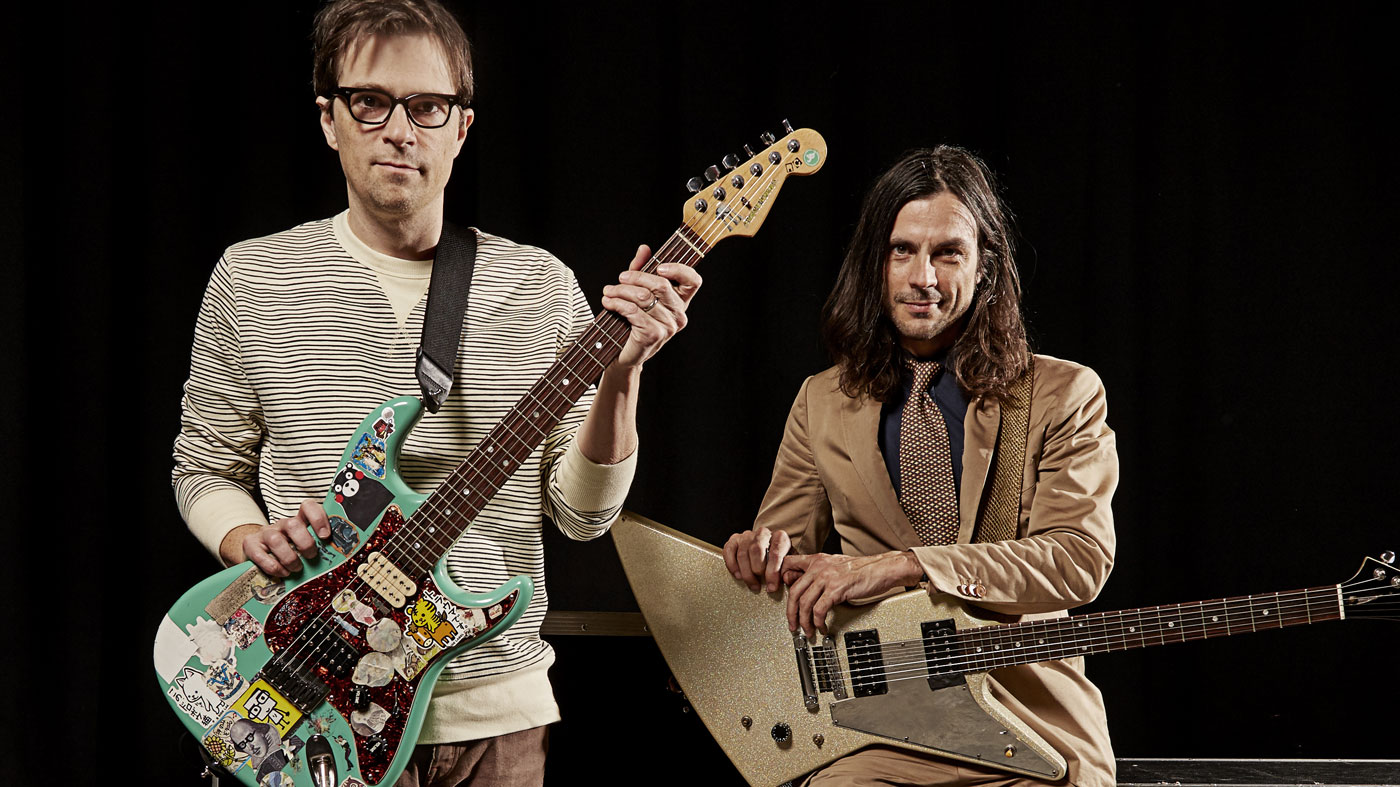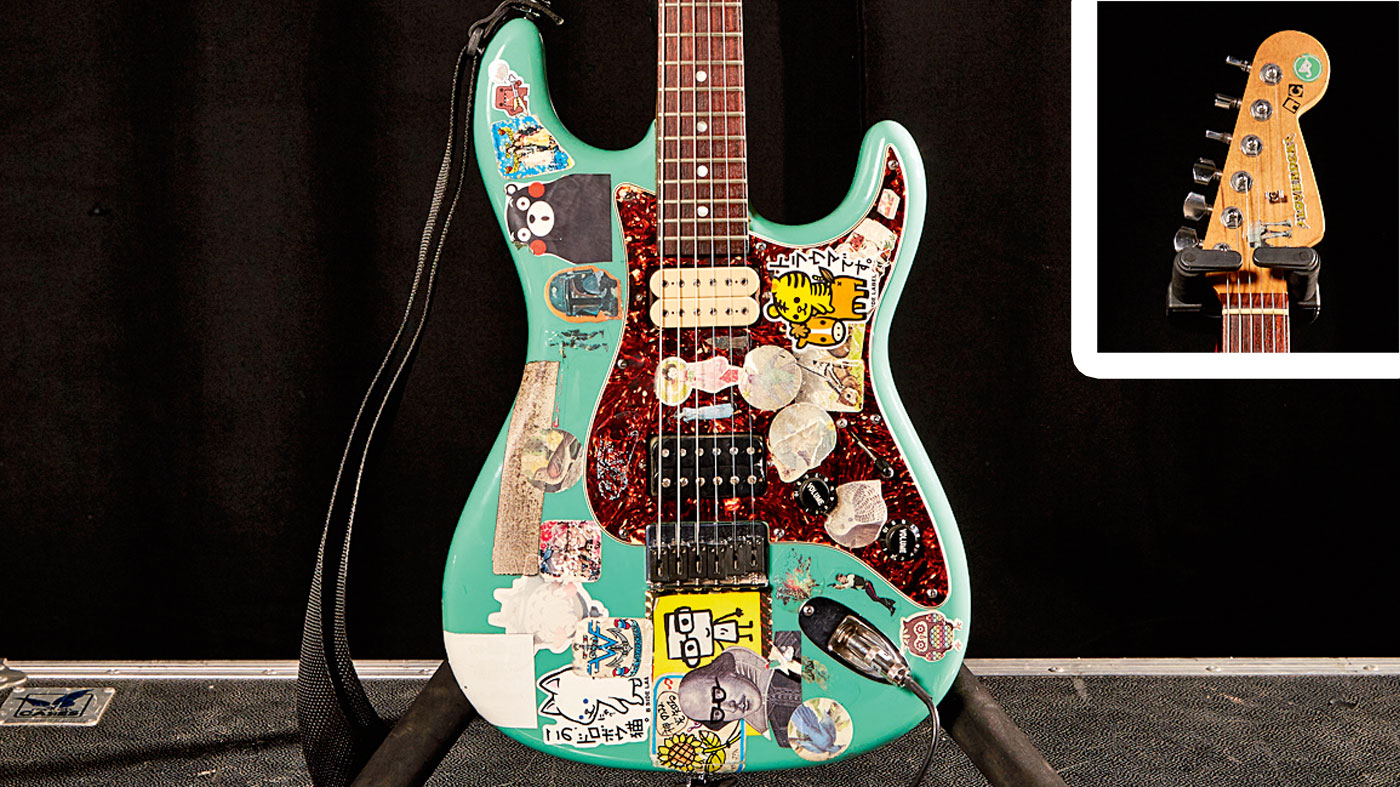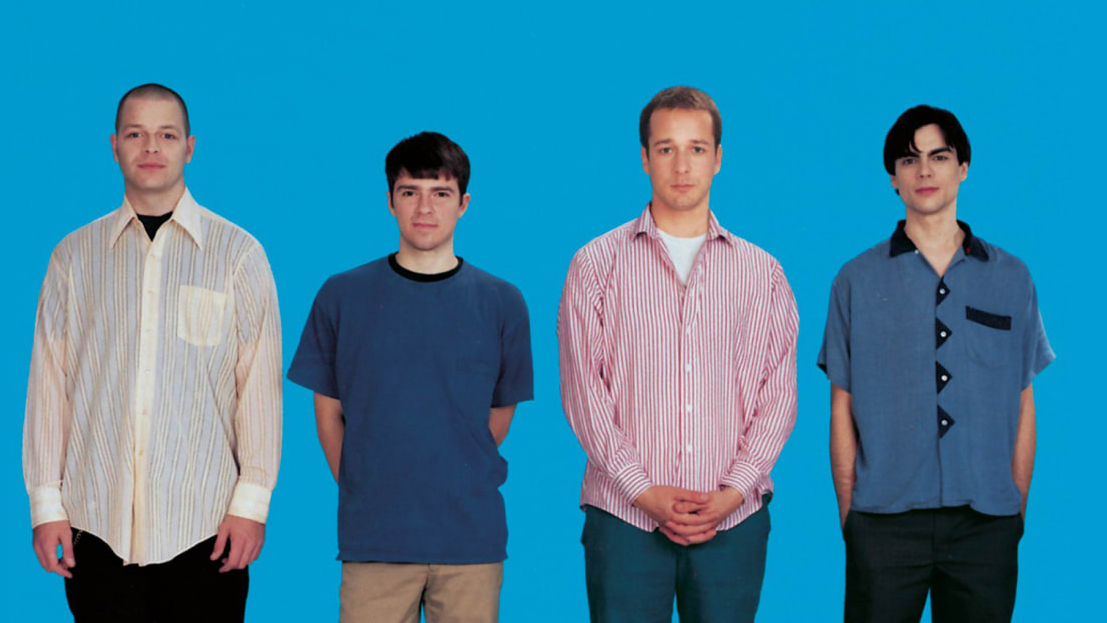
Weezer's Blue Album is rightly remembered as a '90s alt-rock classic album but its guitar tone would have sounded very different if Rivers Cuomo originally had his way. Indeed, he didn't even want to have an outside producer to begin with but chose The Cars' Ric Ocasek following the realisation he could be a kindred musical spirit.
"The record company said we had to have a producer, I didn't want a producer but they insisted," Cuomo tells Foof Fighters' Chris Shiflett on the latter's Shred With Shifty podcast below. "One day I was in the grocery store and I heard Just What I Needed. I was like, 'Yeah that's kind of what I want the Weezer record to sound like. So let's get that guy."
I walked into the studio the first day and didn't want anybody to mess with me at all
But when Ocasek came in to produce Weezer's debut Cuomo didn't foresee how much he'd want to change in terms of his guitar tone. Weezer's fans at the time even told to the singer/guitarist how much the sound on the Blue album had changed from their pre-album LA club days. And it was all by design.
"We definitely turned up the professionalism when we made that first record," Cuomo remembers. And though he wasn't green when he walked into the studio, having played in bands since his teens, he reveals he wasn't focussing on the details of his tone at first.
"I've never been that talented and interested in the specifics of sounds… or the gear field, and Ric was fantastic at it," he tells Shiflett. "So I walked into the studio the first day and didn't want anybody to mess with me at all. I had this amazing sound and I knew people with good intentions were going to come in and try to make it sound more normal. So I was very resistant but he was such a nice guy and very persistent and by the end of the first week he had convinced me to use his guitar, which sounded totally different, and use totally different amp settings and pickup settings."

Cuomo had come in with his Warmoth Blue Strat copy that had been put together in the Summer of 1993. At the time it only had a neck pickup.
"It was ultra heavy and bassy-sounding, which sounds great when you're playing by yourself and [thinking] this is huge, but in the context of an album when you have a bass player and you have another guitar player, all these frequencies covered by other instruments, you need a guitar that's really punchy."
Want all the hottest music and gear news, reviews, deals, features and more, direct to your inbox? Sign up here.
Ocasek loaned Cuomo his vintage '50s Gibson Les Paul Junior and Special, guitars with the P-90s capable of that kind of punch. He had Cuomo switch the bridge pickup too.
"When I played by myself I was like, 'That's not the Weezer sound', but when you blend it in with the rest of the band, the whole thing just turns into this huge wallop that was super satisfying," says Cuomo. "I never would have seen that and I'm really grateful to him for that.
"We've used those guitars, that sound, ever since."

There were no pedals involved either – contrary to the distortion pedal use going on elsewhere in alt-rock at the time. "The only effects on guitar I think are on Only In Dreams – there's a little bit of delay on the swells but apart from that I was very anti-effects," explains Cuomo.

Rob is the Reviews Editor for GuitarWorld.com and MusicRadar guitars, so spends most of his waking hours (and beyond) thinking about and trying the latest gear while making sure our reviews team is giving you thorough and honest tests of it. He's worked for guitar mags and sites as a writer and editor for nearly 20 years but still winces at the thought of restringing anything with a Floyd Rose.